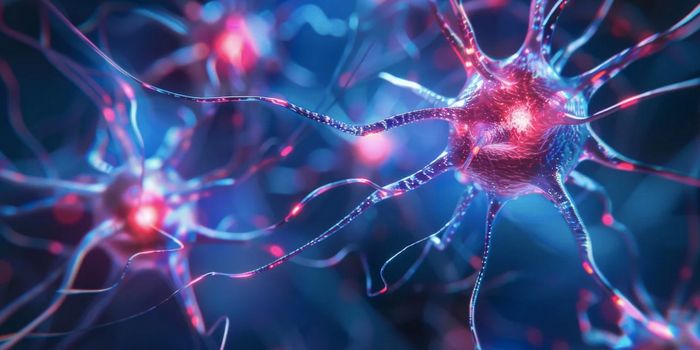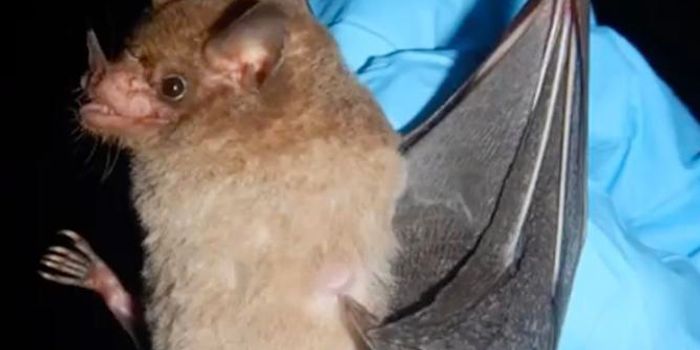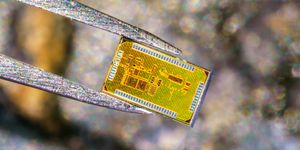One Toxic Protein, Two Unique Genetic Disorders
When a gene called SMCHD1 carries mutations, it can result in serious diseases. This gene encodes for a protein known as DUX4. The abnormal DUX4 proteins that are produced by a mutant SMCHD1 gene can lead to different genetic disorders. Some SMCHD1 mutations result in a mutated DUX4 protein that causes a rare condition called arhinia, while others cause a disease called facioscapulohumeral muscular dystrophy (FSHD). New findings, which have been reported in Science Advances, may help researchers develop therapies for these disorders.
Arhinia is very rare, and fewer than 30 cases have been recorded in modern medical history as of 2007. In this developmental disorder, the growth of the olfactory bulb, tracts, and external nose do not grow. The rarity of the disorder has made it very difficult for scientists to learn about it.
FSHD type 2 (FSHD2) is a type of muscular dystrophy, a disease that causes progressive muscle weakness. In FSHD2 patients, excessive amounts of DUX4 are generated, which causes the death of muscle cells. This cell death leads to muscle weakness and the symptoms of FSDH2. FSHD is estimated to impact around one in 20,000 people. Most cases are FSHD1, with only about five percent presenting as FSHD2. FSHD1 has a different genetic cause than FSHD2.
"It has been known for some time that DUX4 damages the muscle in patients with FSHD2, but what we found is that it can actually also kill the precursors of the human nose," said lead study author Natalie Shaw, M.D., head of the Pediatric Neuroendocrinology Group at the National Institute of Environmental Health Sciences (NIEHS), which is part of the NIH.
In this work, the researchers obtained cells from patients with either disease, and using genetic reprogramming, created stem cells that were used to generate cranial placode cells. This type of cell plays a crucial role in the formation of sensory organs, including the nose. When placode cells started to form, they also started generating toxic DUX4 proteins.
DUX4 appears to cause the death of placode cells, just as it causes the death of muscle cells. However, FSHD2 patients don't experience the death of nose cells, and arhinia patients don't experience the death of muscle cells. Researchers still aren't sure why this happens.
This study has suggested that mutated SMCHD1 genes work in conjunction with some environmental influence like a virus, which can trigger the production of toxic DUX4. This situation could lead to arhinia.
"Now what we have to do is try to figure out the players acting downstream of DUX4, so we can block it from damaging the muscle cells or the nose precursors and hopefully find some new treatment options for patients suffering from these rare diseases," said Shaw.
Sources: NIH, Science Advances









